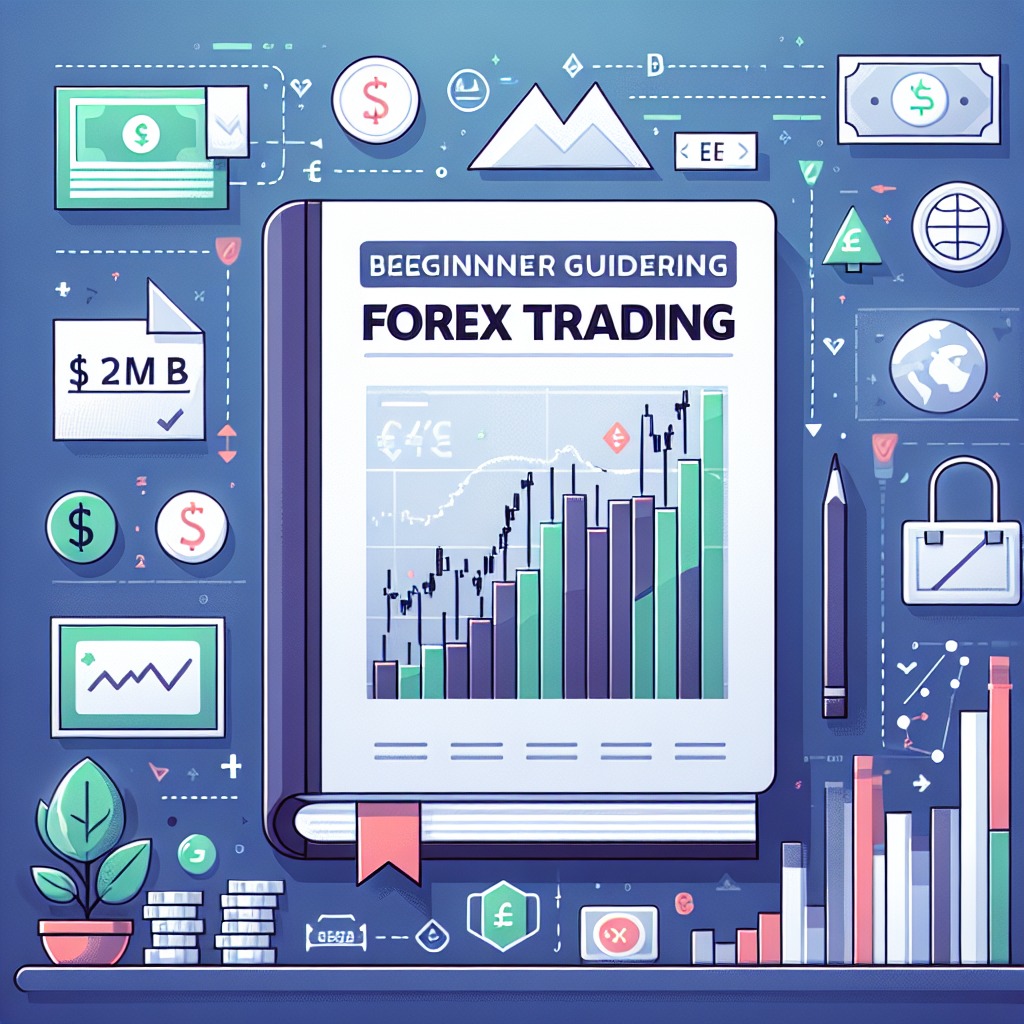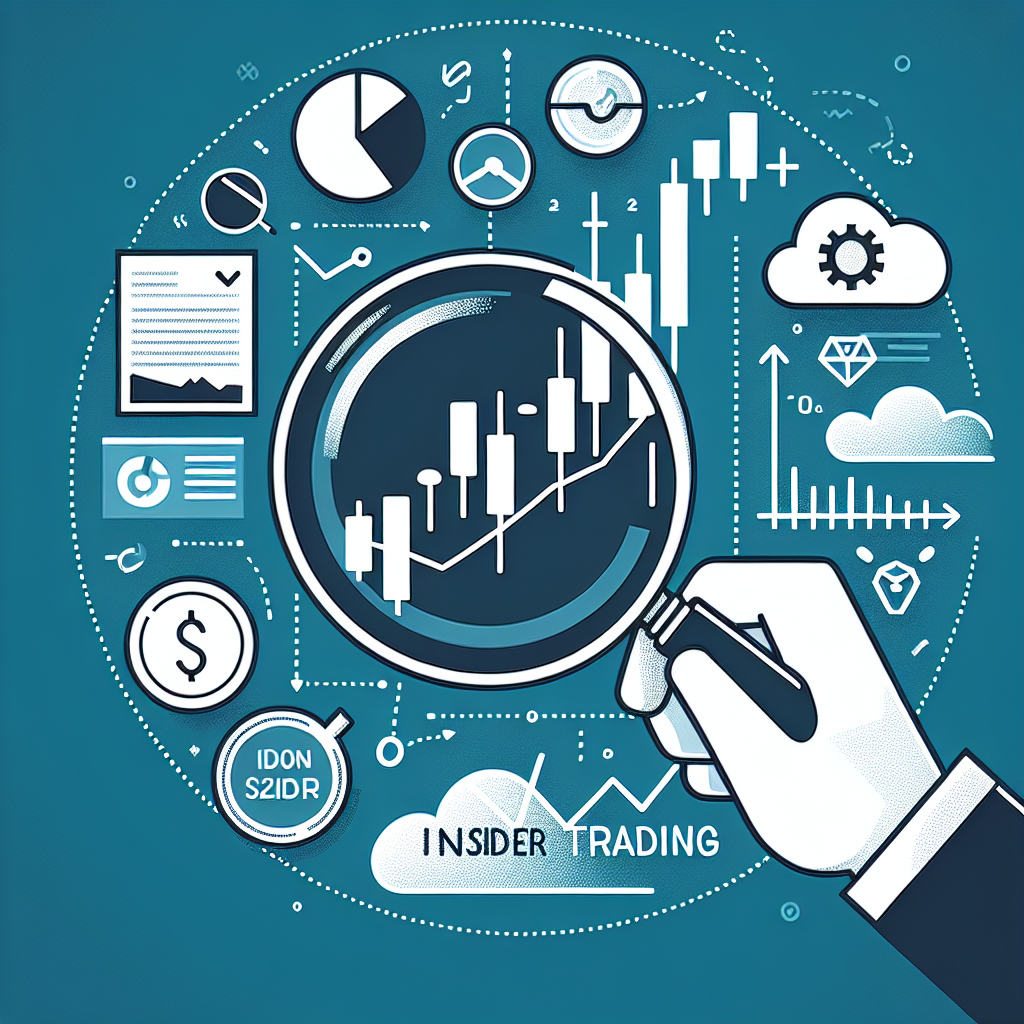
Beginner’s Guide to Understanding Forex Trading
Introduction to Forex Trading
What is Forex Trading?
The Importance of Understanding Forex for Beginners
Basic Concepts in Forex Trading
Currency Pairs Explained
Major, Minor, and Exotic Pairs
- Major Pairs: These include the most traded currencies like USD, EUR, JPY, GBP, CHF, CAD, AUD, and NZD. Examples are EUR/USD, USD/JPY, and GBP/USD.
- Minor Pairs: Currency pairs that do not include the US dollar but involve other major currencies, such as EUR/GBP or AUD/JPY.
- Exotic Pairs: These consist of one major currency and one currency from an emerging or smaller economy, such as USD/SGD or EUR/TRY. These tend to have higher spreads and volatility.
Understanding Bid and Ask Prices
How Forex Trading Works
Opening and Closing Trades
Leverage in Forex Trading
Market Participants
Fundamental and Technical Analysis
Fundamental Analysis
Technical Analysis
Getting Started with Forex Trading
Opening a Demo Account
Choosing a Reliable Forex Broker
Developing a Trading Plan
Risk Management in Forex Trading
Managing Risk and Protecting Capital
Understanding Spread, Swap, and Commissions
Common Mistakes to Avoid as a Beginner
- Overtrading: Trading too frequently can lead to higher costs and emotional fatigue. Be selective and patient.
- Ignoring a Trading Plan: Without a plan, emotions often drive decisions, increasing risk.
- Overleveraging: Using excessive leverage can lead to rapid losses. Use leverage cautiously.
- Neglecting Education: Continually learning about the markets and refining strategies is vital.
- Ignoring Market News: Staying informed about economic releases and geopolitical events can prevent unexpected surprises.


